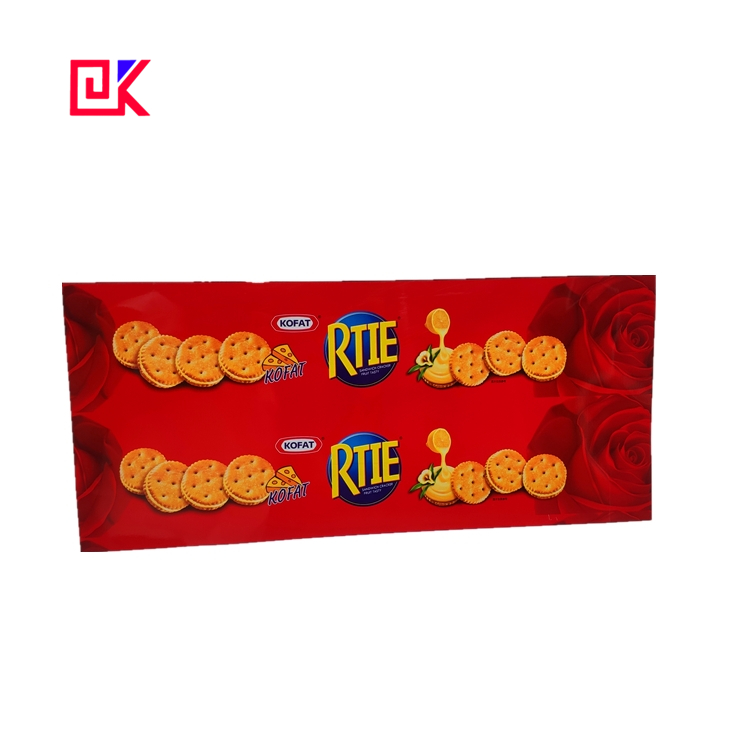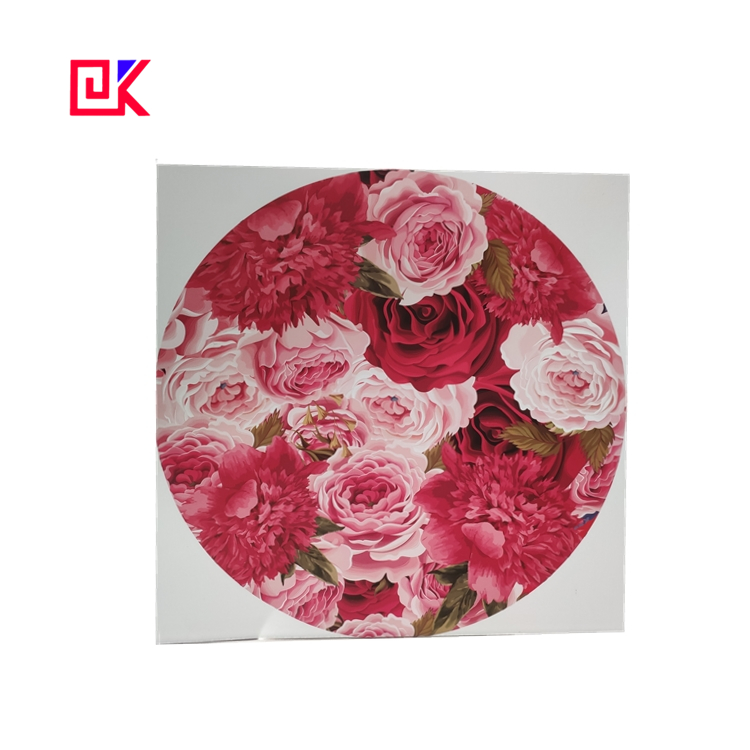Electrolytic Tin Steel Plate printing is the same as single-page offset printing, but because of the diversity of tinplate, tin sheet printing must be different from general offset printing. The key is the following.
1. Water-based ink for tin sheet printing:
① Dryness and temperature resistance of tin sheet printing inks: The drying and solidification of printing inks need to be heated and dry, so it is stipulated that the white inks after heating will not change, do not change yellow, and the colorful inks do not fade, fade, and gloss. No matt oil.
Electrolytic Tin Steel Plate printing inks are usually dried at 150 ° C for 10-12 minutes, but in the general post-processing process, such as varnish baking high frequency resistors, electric welding, internal repair coating and internal full spray baking, the temperature must exceed 180-220 ° C, therefore, the temperature resistance of printing inks seems critical.
② Washing resistance: Various organic solvents are contained in the varnish after packaging and printing. In order to avoid the problem of light loss when waxing, the Electrolytic Tin Steel Plate ink must have excellent water washing resistance.
③ High-temperature boiling resistance: Containers with food cans should be sterilized by high-temperature bacteria. Therefore, it is stipulated that the printing inks for electrolytic tinplate printing must not lose light, fade, or become loose due to the effect of wet steam.
④ Process resistance: Most printed metal products have to go through stamping dies, openings, bending, creasing, rolling and other processes, so the ink layer on the surface of the tin sheet should have a strong structure, which requires that the electrolytic tinplate printing inks have excellent adhesion. Combined force, flexibility, surface strength and impact and compressive strength.
2. Varnish for tin sheet printing:
The tinplate propaganda for all for tin sheet printing needs to be covered with a layer of bright oil to improve the gloss and scratch resistance of the printed surface, together with the necessary strength, so that the polyurethane coating on the printing surface of the electrolytic tinplate has the necessary flexibility and Corrosion resistance.
Varnish for tin sheet printing should have the characteristics:
① good color retention, organic solvents in varnish can not make the tin sheet printing ink dull and fade.
② Have any strength and firmness, so as to be able to bear the production process deformation of the post-process flow.
③ It is consistent with white architectural coatings or primers, and electrolytic tin steel plate printing must not corrode white architectural coatings or primers.



